Meet the eight teams that won the first of two phases of the U.S. Department of Energy’s Microbattery Design Prize. Funded by the Advanced Materials and Manufacturing Technologies Office and administered by the National Renewable Energy Laboratory, the prize encourages teams to compete to design microbatteries that can outperform today’s models in performance, safety, and recyclability and supercharge everything from smart watches to manufacturing and a future 100% clean energy power grid. In Phase 2, which launched November 16, the eight Phase 1 winners will submit prototypes of their microbatteries and vie for a chance to win the $300,000 grand prize.
- The AUDIANCE, Inc. team, based in Providence, Rhode Island, is building a microbattery to power implantable medical devices, like cochlear impacts. The team’s design, which consists of uniquely shaped electrodes and a safe gel electrolyte, could be rechargeable as well as safer and longer lasting than current technologies.
- Boston-based Biochem is designing a “biological battery,” built with a novel microorganism, that will power underwater sensors at the New England Aquarium. Because it can be dangerous to use lithium batteries in underwater animal tracking sensors, Biochem’s non-lithium battery is a safer option as well as lightweight, renewable, and affordable.
- Drexel Nanomaterials Institute, in University City, Pennsylvania, is developing printed lithium-ion microbatteries for hearing aids. Their design could provide the over 1.5 billion people who experience hearing loss worldwide with smaller and lighter hearing aid devices which can charge faster and last longer.
- In San Jose, California, the Ensurge Micropower, Inc. team is designing an affordable, long-lasting microbattery for microelectronics, like hearables and wearables. Their solid-state microbattery uses solid rather than liquid electrolyte, making it a safer option, and comes in customizable sizes, so manufacturers can create the shape they need for their device.
- Ionic Devices, based in College Park, Maryland, is a new start-up working on a solid-state battery that leverages thin film manufacturing processes from the semiconductor industry and is safer than traditional lithium-ion batteries. Their design could offer a lower cost, more environmentally friendly battery that can store more energy at a time.
- The MORENERGY team from Rolla, Missouri is designing a lithium-ion microbattery that could improve current hearing aid technologies, enabling them to last longer, be rechargeable (or recharge faster), and come in smaller sizes. Their microbattery’s design innovation gives it the ability to store more energy in a smaller package, which could also give hearing aids additional functionality, like Bluetooth connection.
- In Wilkinsburg, Pennsylvania, the Power 3D team is improving on their novel method of creating energy dense batteries using 3D printed electrodes. Such electrodes can build next generation wearable electronics that can last longer and charge faster than the products available today.
- The XTemp Quanta team in Troy, Michigan is creating a 3D-printed microbattery that can withstand extreme temperatures and has five times the capacity of similar sized batteries. Their design uses lithium-ion phosphate, a more sustainable option than cobalt.

